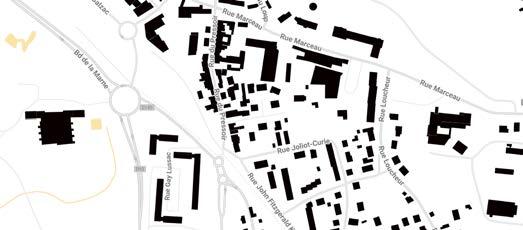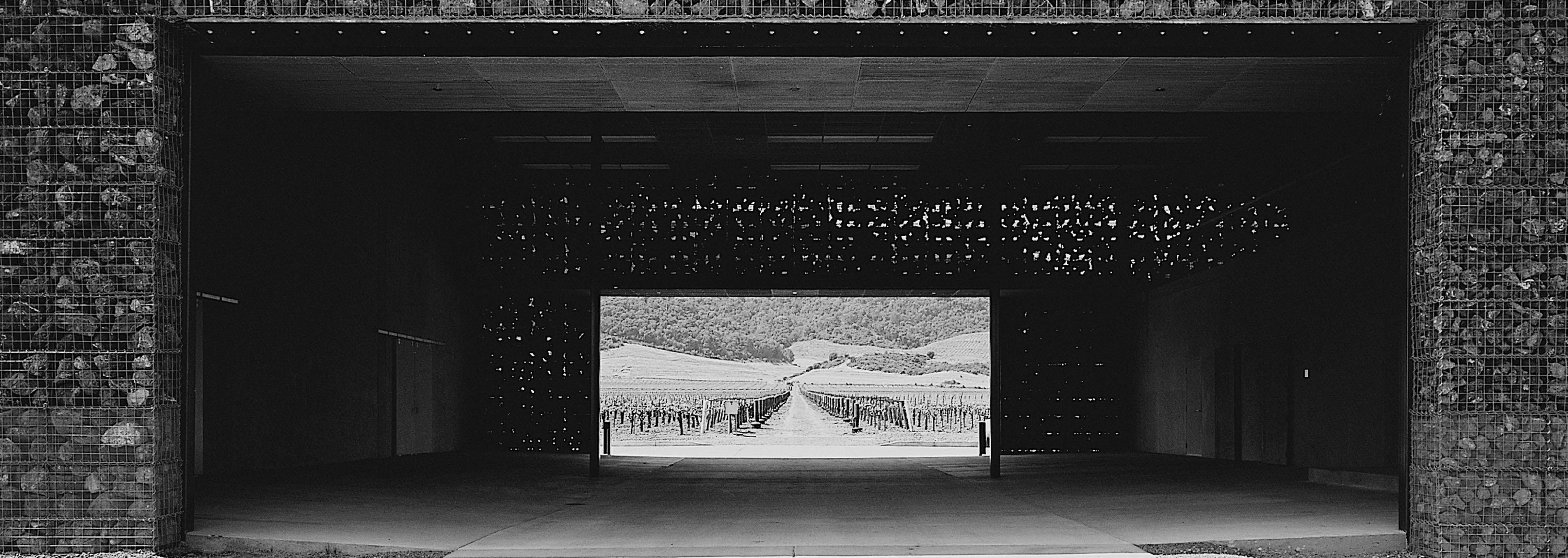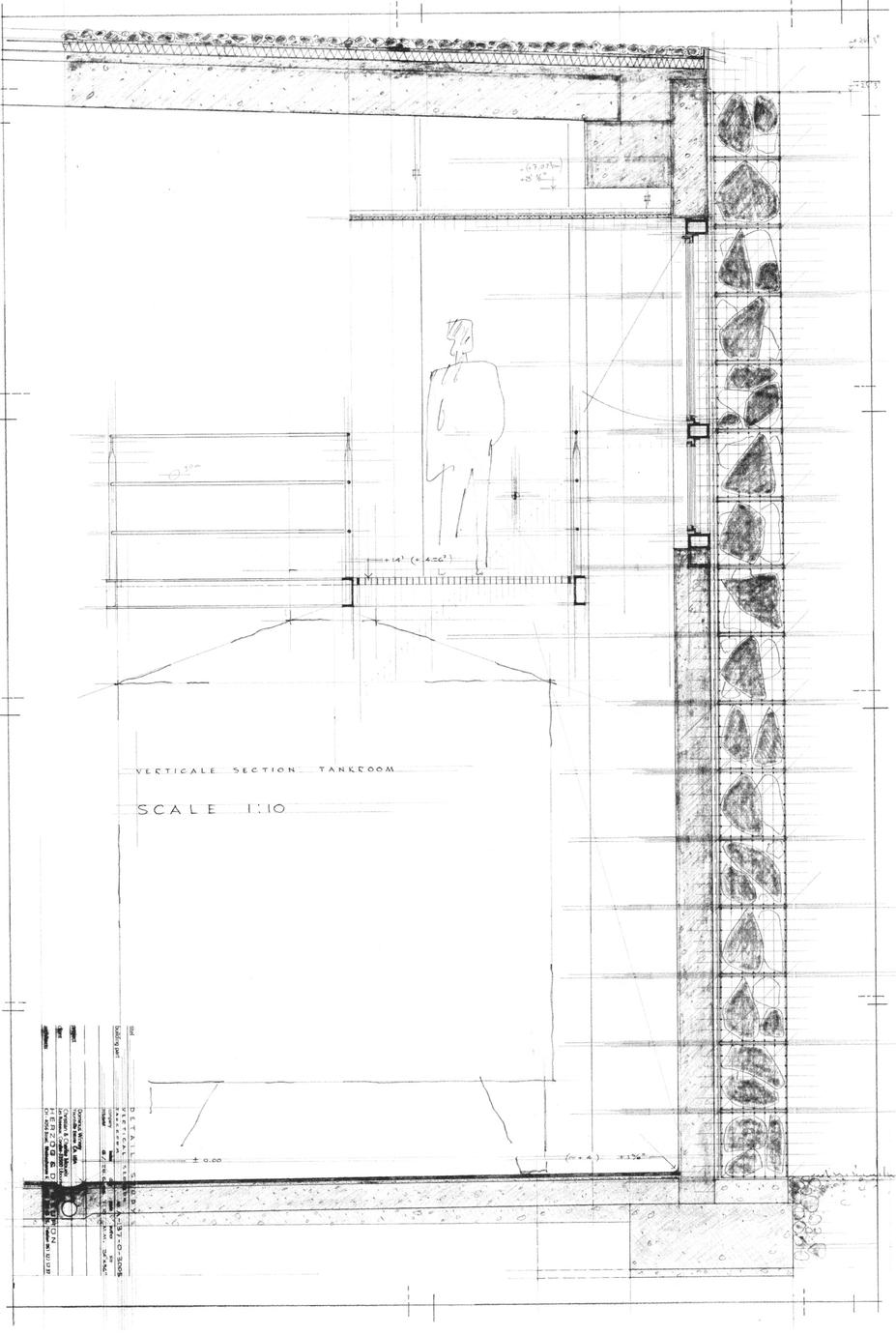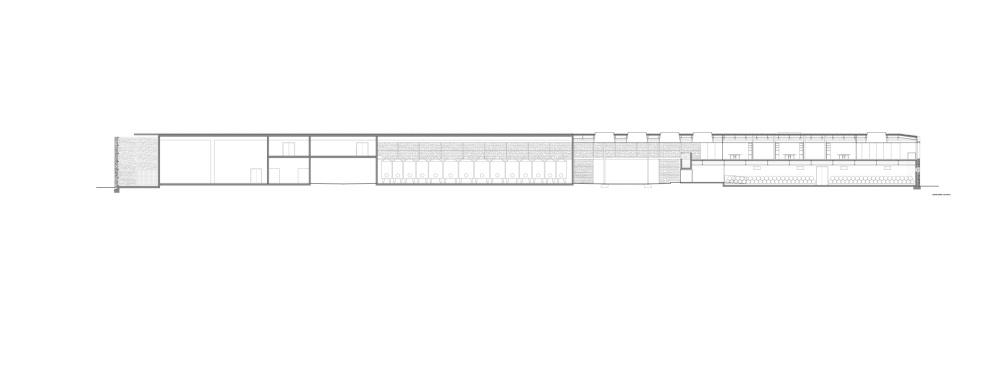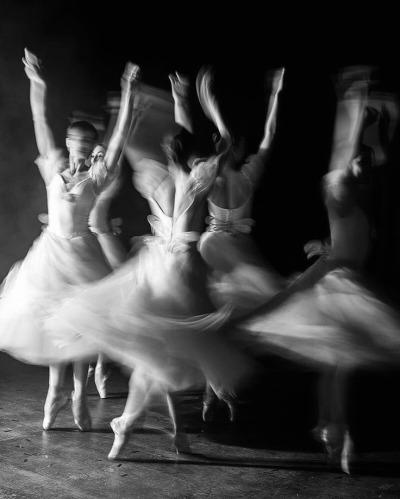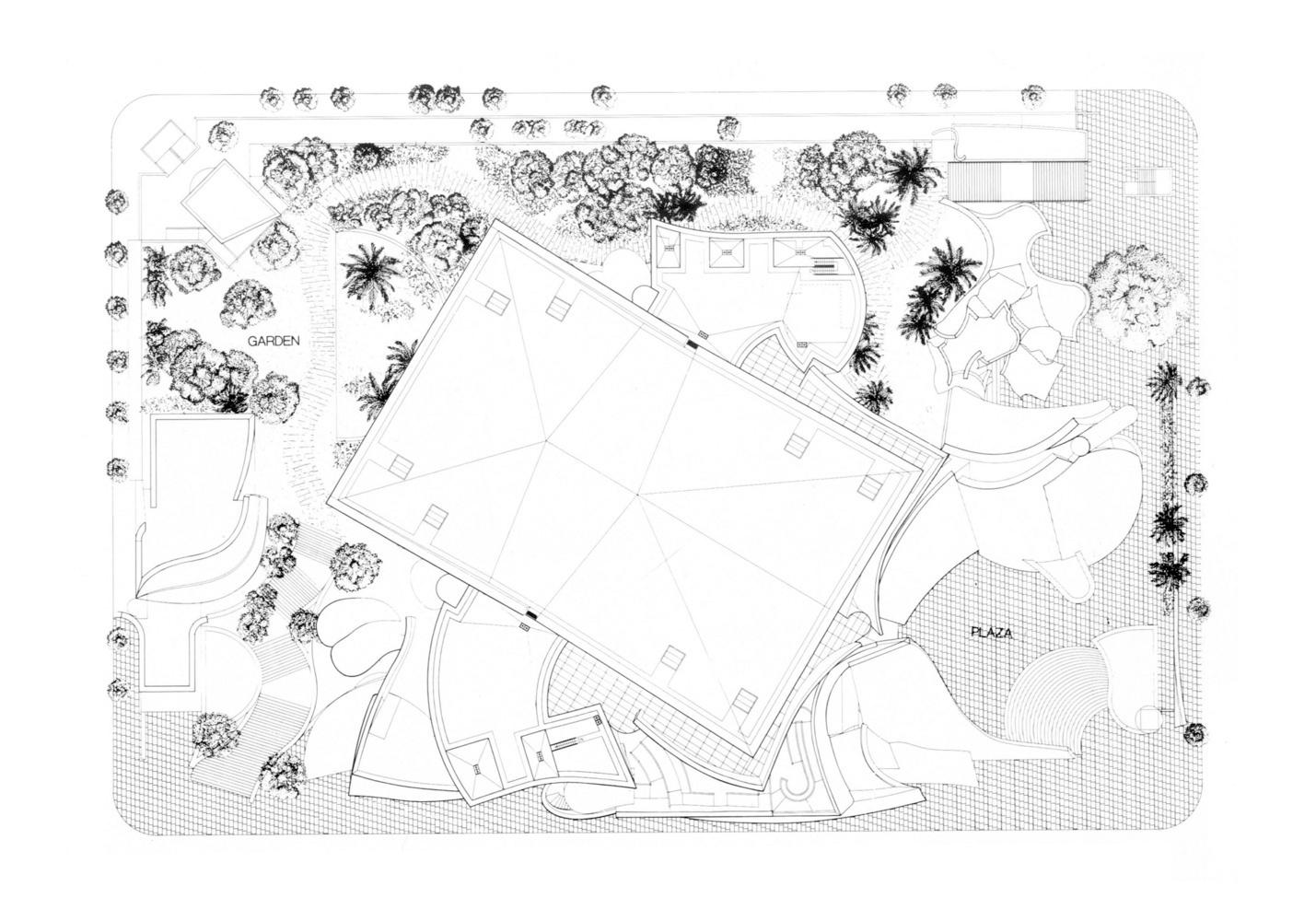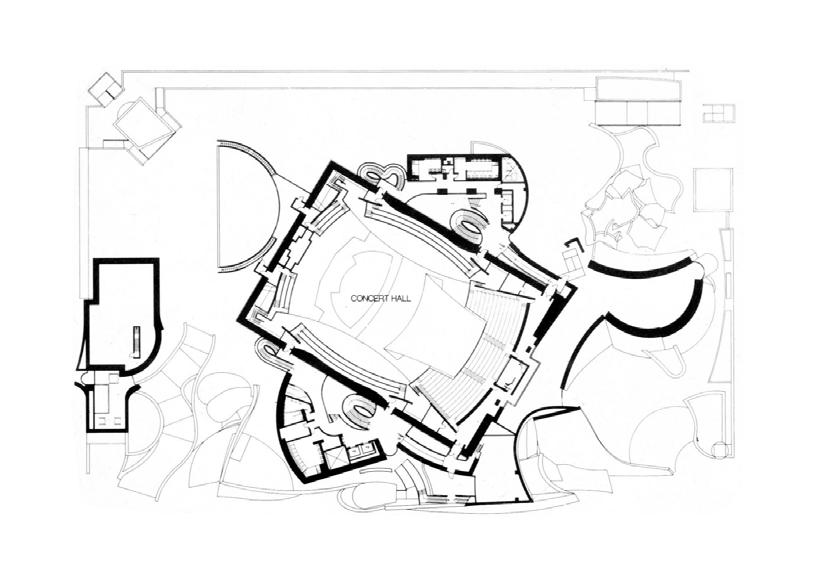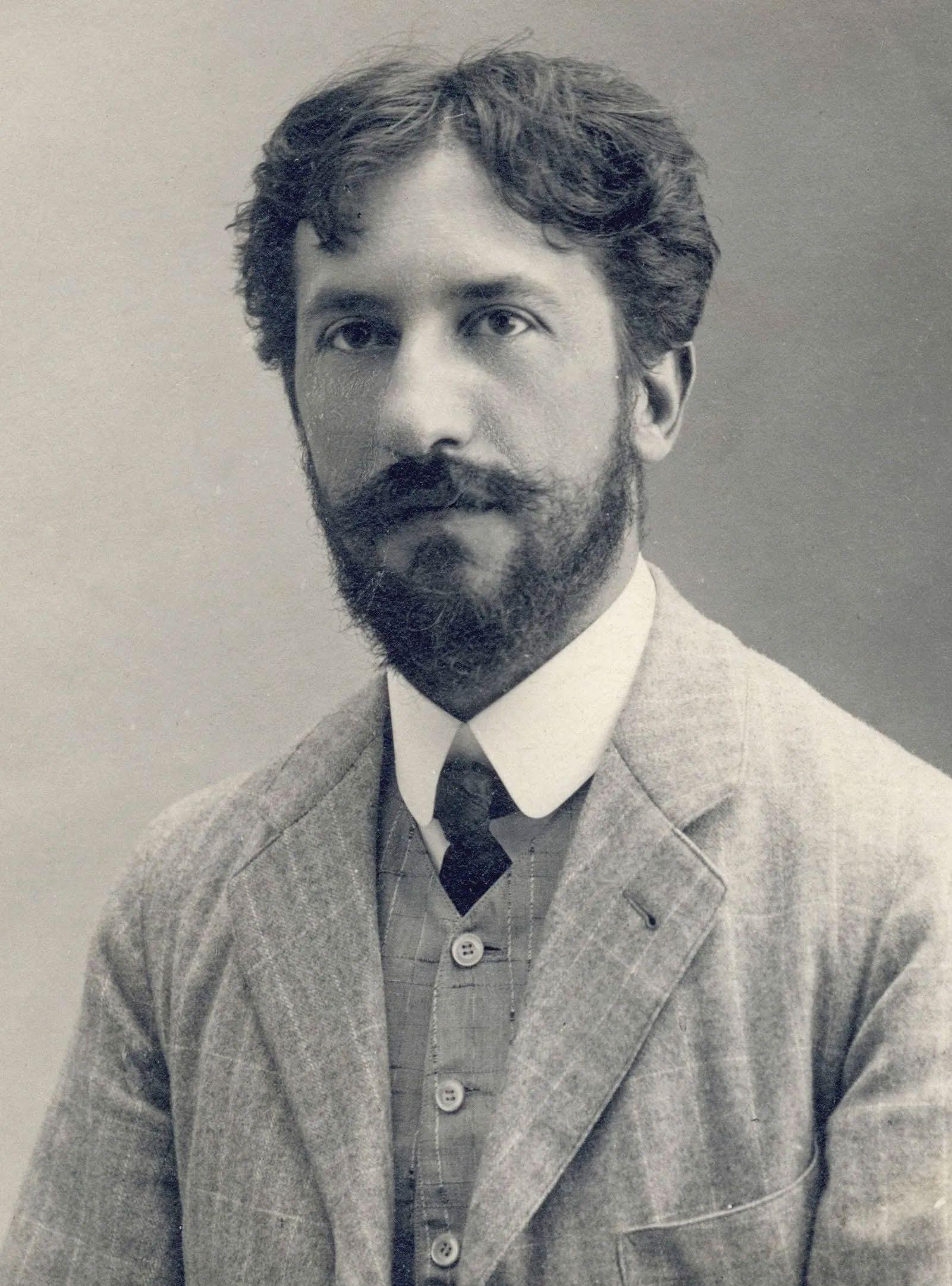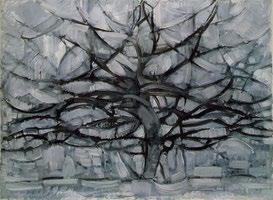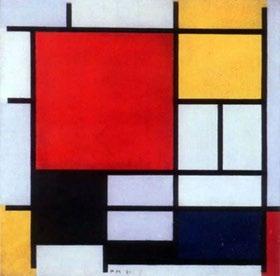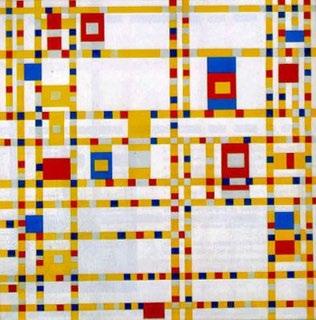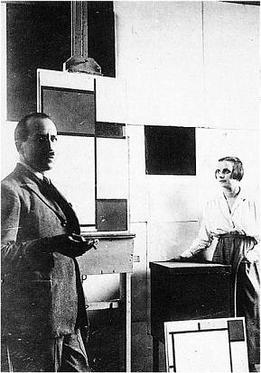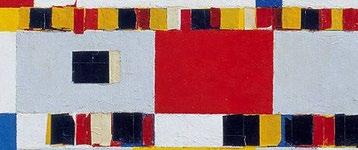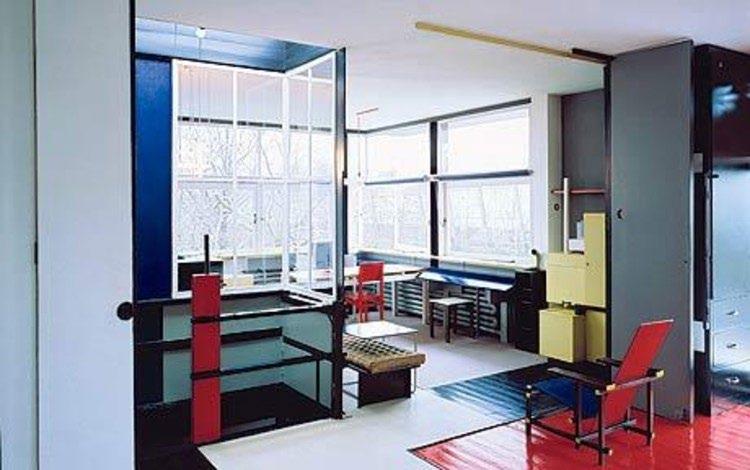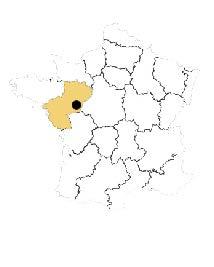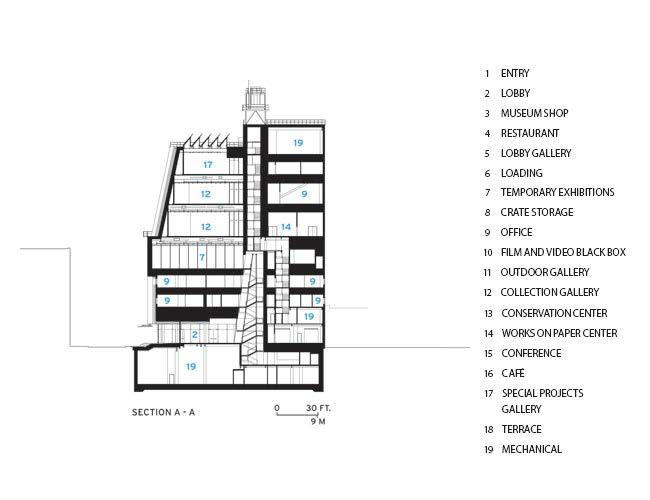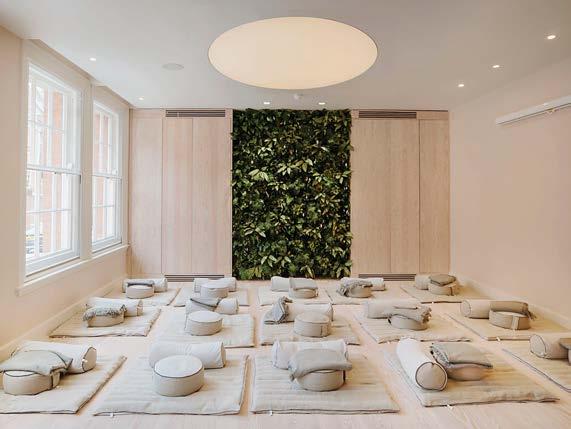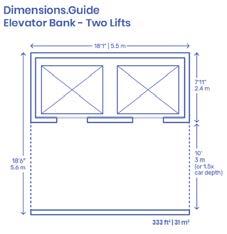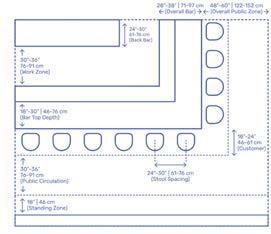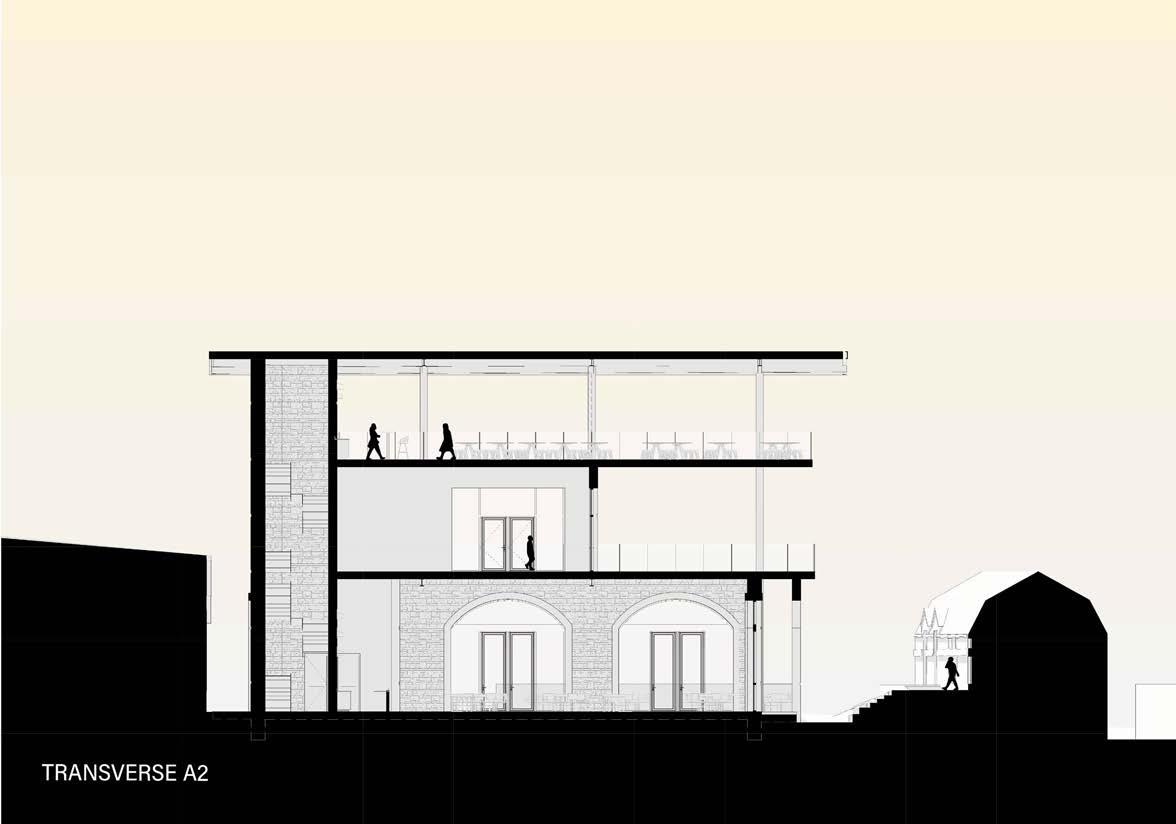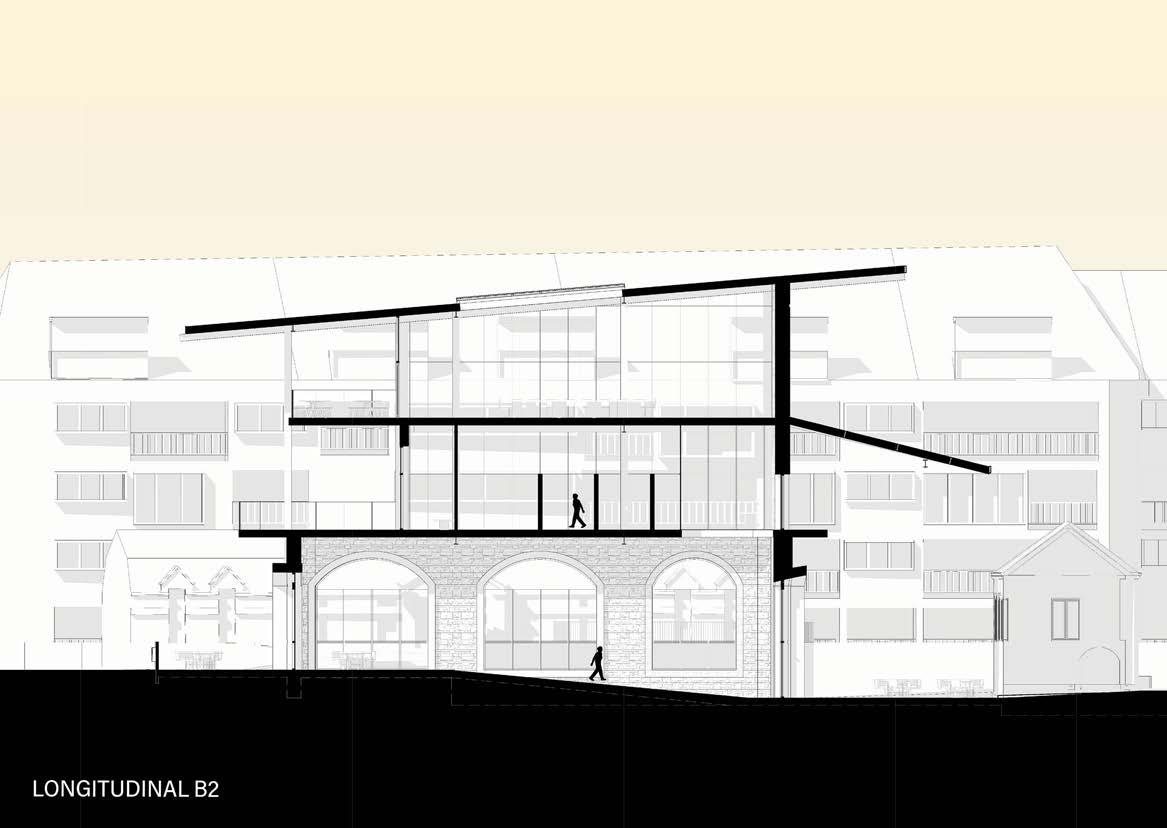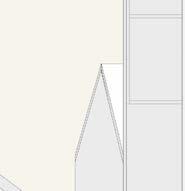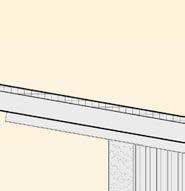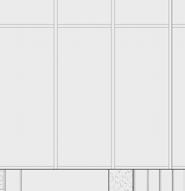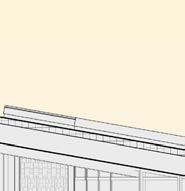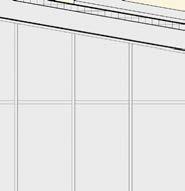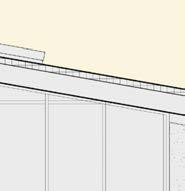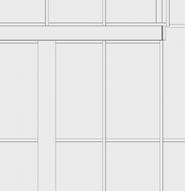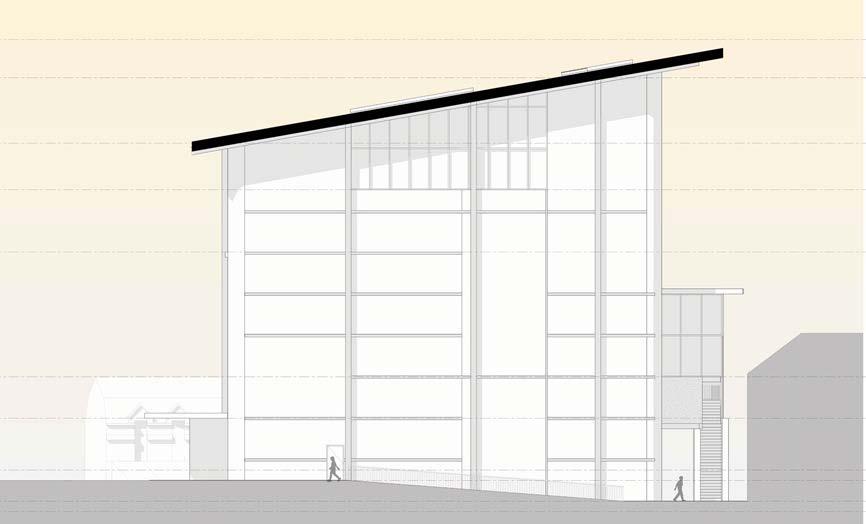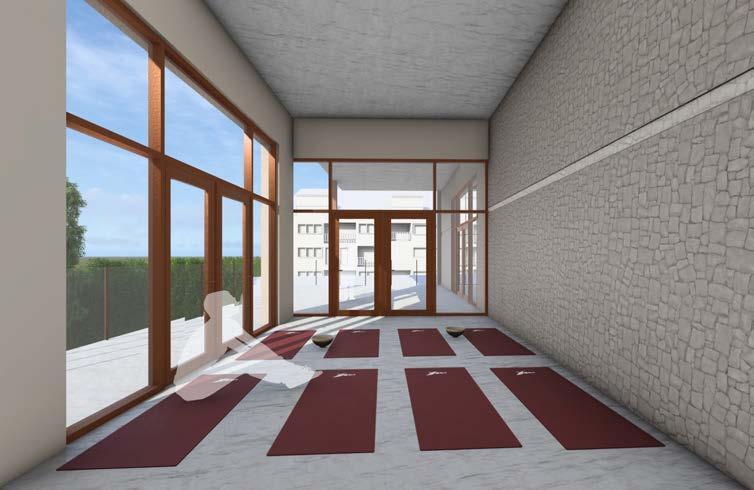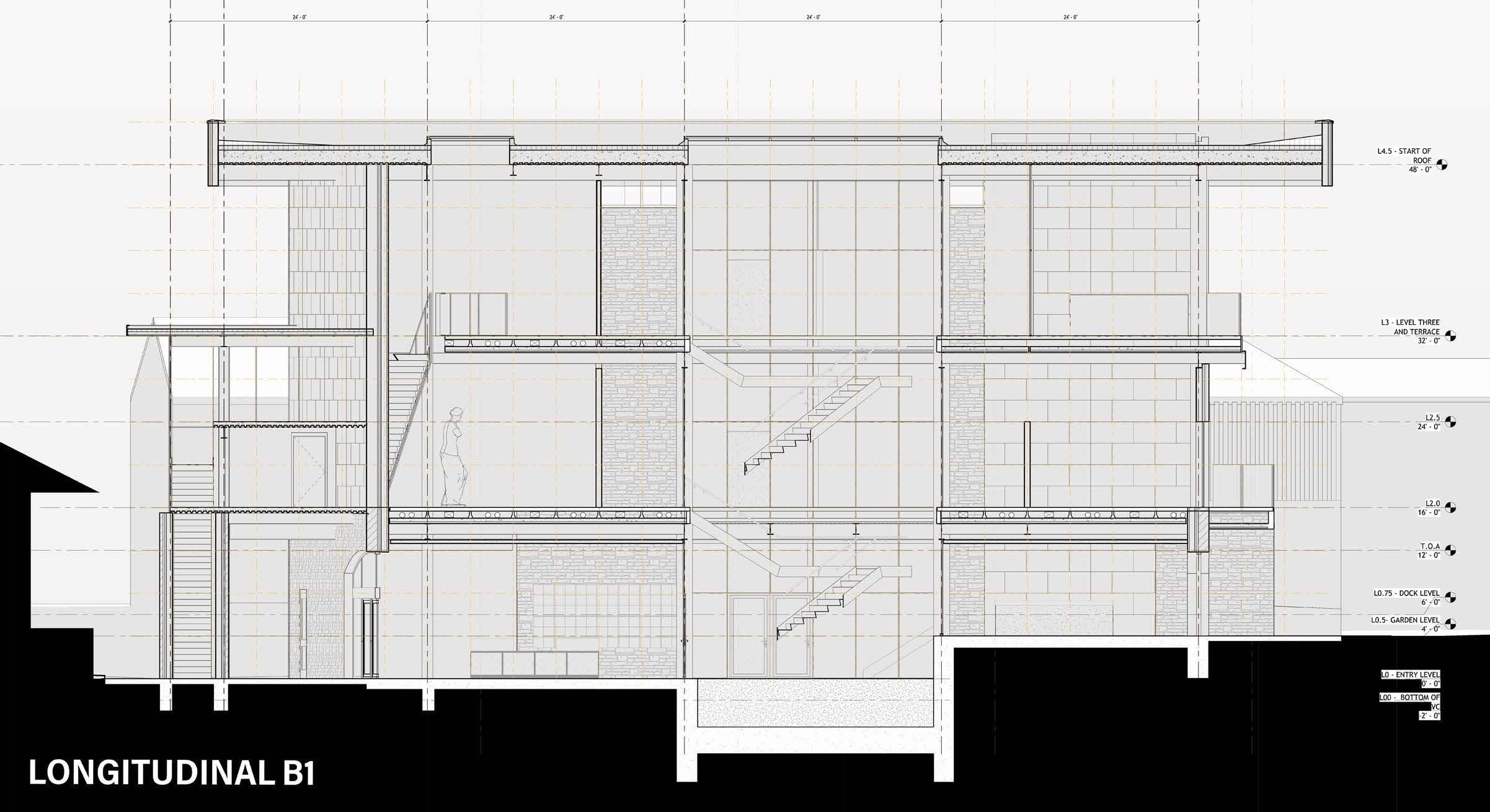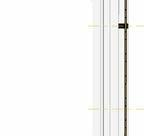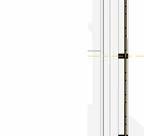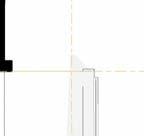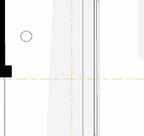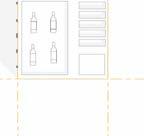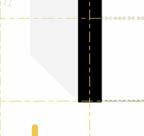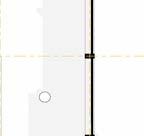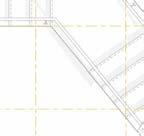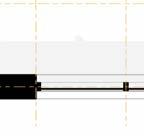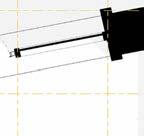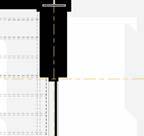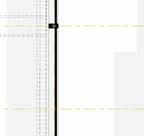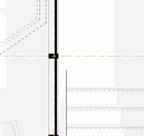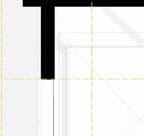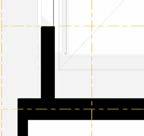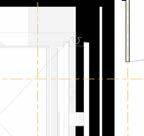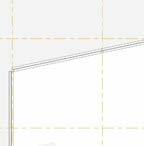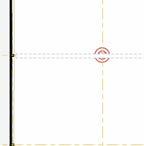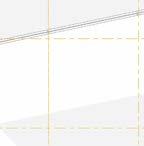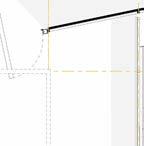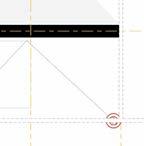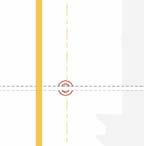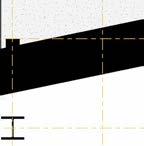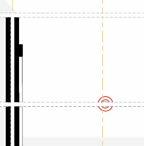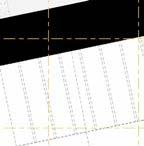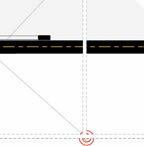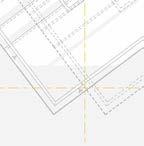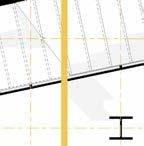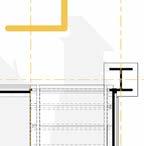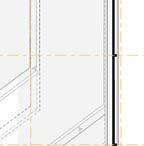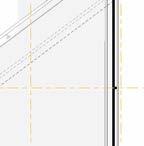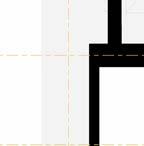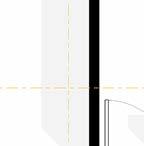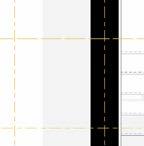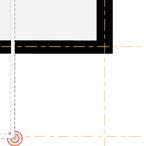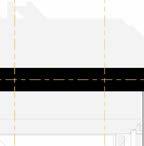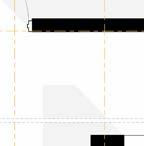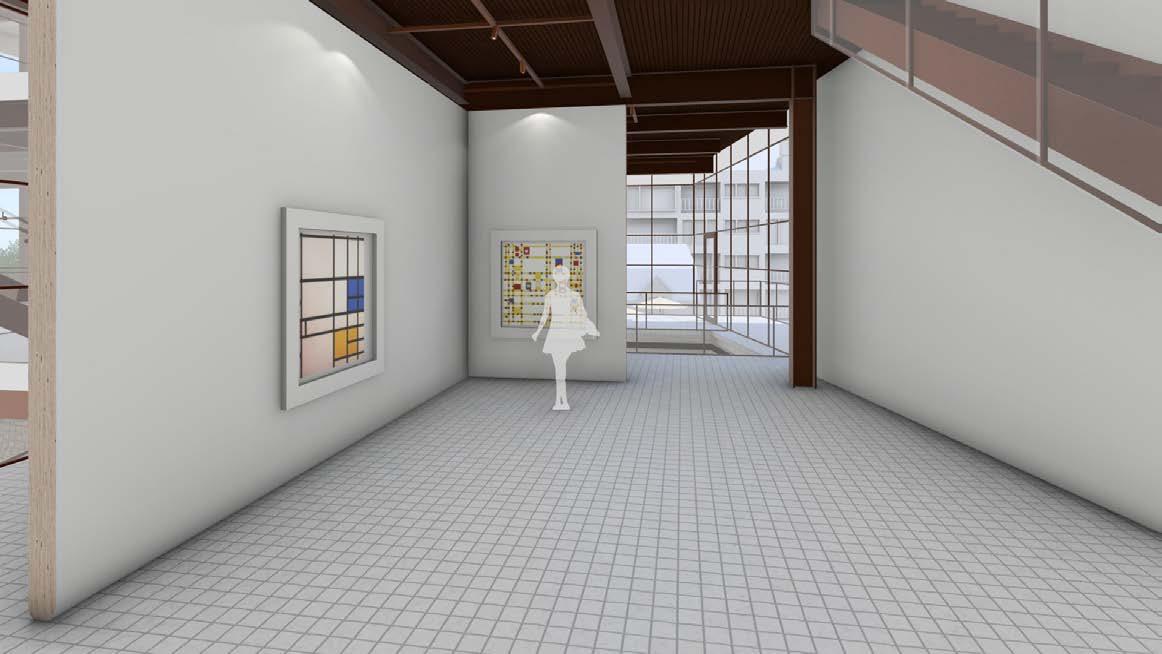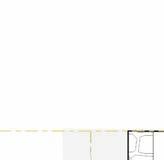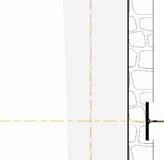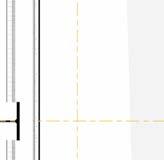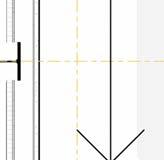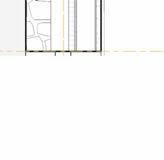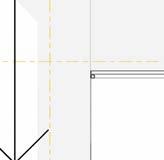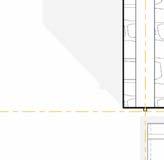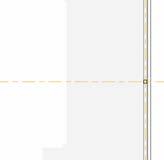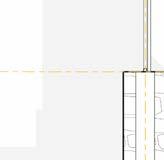Karina
Professor
Wineries, once solely dedicated to the production and bottling of wine, have evolved into dynamic tourist destinations, embodying the spirit of enotourism—a form of tourism centered on the exploration, tasting, and appreciation of wine at its source. This project aims to develop a Louis de Grenelle Visitors Center in Saumur, France, situated within the historic Caves Louis de Grenelle. This facility will merge cultural heritage with modern enotourism, offering an immersive experience that celebrates wine, history, and the unique character of the Loire Valley.
The center will include components such as wine education spaces, a café and tasting room, retail facilities, and a gallery space inspired by Piet Mondrian’s Broadway Boogie Woogie art piece. Special attention will be given to the interplay between Saumur’s historical building morphology, its connection to the vernacular architecture and the challenges posed by blending the local material of limestone with modern steel.
The integrative 5671 studio explores the project through an in-depth analysis of the site, program research and design considerations, as well as an ongoing investigation on how the traditional winery typology can be transformed all while complementing its primary structural material of steel. The visitor center is showcased through a series of phases delineating the design process from concept design through to construction detailing and select program design development.
Phase 01 Research & Concept
01.1 precedent studies
winery, steel + artist
01.2 site analysis
01.3 site model
Phase 02 Building Design
02.1 program analysis
02.2 plan studies
02.3 section studies
02.4 materiality studies
02.5 elevation studies
02.6 axonometrics
02.7 exterior views
SECTIONS
02.8 interior views
02.9 model ( midterm)
Phase 03 Detail Design
03.1 planning grids
03.2 structural grids
03.2 structural elevations
03.3 structural sections
03.4 enlarged detail study
03.5 retail and exhibit spaces
03.6 mep studies
Phase 04 Detailed Model and Presentation
04.1 final detail model
04.2 enlarged plan
04.3 enlarged axonometric
04.4 enlarged section
04.5 enlarged elevation
studies
137 Dominus Winery
Yountville, Napa Valley, California, USA
Herzog De Meuron 1996-1998
FLOOR PLANS
STRUCTURAL DIAGRAM VS. VOID
LEVEL 2
BREEZEWAY BREEZEWAY STORAGE
GROUND LEVEL
LONGITUDINAL SECTION
PRIMARY CIRCULATION
SECONDARY CIRCULATION
MAIN ENTRY
TANK ROOM
CELLAR
MECH.
TANK ROOM
WINE CELLAR
SHOW ROOM
Disney Concert Hall Los Angeles, California Frank O Gehry Partners
Walt
CONCEPT
AXONOMETRICS
SOUTH EAST
NORTH EAST
MATERIALS
MACRO GRID
STEEL
MICRO GRID ALUMINUM SHELL/ SKIN STAINLESS STEEL
Broadway Boogie Woogie
BROADWAY BOOGIE WOOGIE
PIET MONDRIAN
KARINA MENDEZ
ARTIST
PIET MONDRIAN
AVANT GARDE CUBISM
STIJIL
WW1 1914-1918
WW2 1938-1945
60S
MONDRIAN 20S
BROADWAY
BOOGIE-WOOGIE
The Musée des Blindés in Saumur is a crucial repository of France's military history, showcasing the evolution of armored warfare through an extensive collection of vehicles.The museum's collection includes iconic tanks and armored vehicles used in major con icts such as World War I, World War II, and subsequent con icts. By presenting these vehicles in a historical context, the museum illustrates France’s role in global military history, from pioneering innovations in tank design to the adaptation of armored warfare strategies.
The Château de Saumur, perched atop a hill overlooking the Loire River, is a symbol of medieval power and architectural grandeur in Saumur, France. Its strategic location at the highest elevation in the city o ered a commanding view and forti ed position, crucial for defense and control during its construction in the 10th century. Historically, it has served various roles, including as a royal residence, a military stronghold, and a center for education. Its imposing presence continues to be a testament to Saumur's rich heritage and its signi cance in French history.
The Église Notre-Dame de Nantilly in Saumur, France, is a signi cant historical and architectural landmark. Dating back to the 12th century, this Romanesque church stands as a testament to the medieval religious and cultural heritage of Saumur. Its architecture, with its distinctive rounded arches and robust stonework, re ects the period's ecclesiastical style and provides insight into the city's development during the Middle Ages. The church's preservation and continued use underscore its importance in the local community, both as a place of worship and as a historical artifact that contributes to the rich tapestry of Saumur's past.
2’0’4’8’16’32’
2’0’4’8’16’32’2’0’4’8’16’32’
2’0’4’8’16’32’
2’0’4’8’16’32’
2’0’4’8’16’32’
2’0’4’8’16’32’
0’2’4’8’16’
3/4”=1’-0”
Karina


